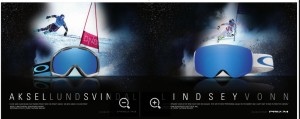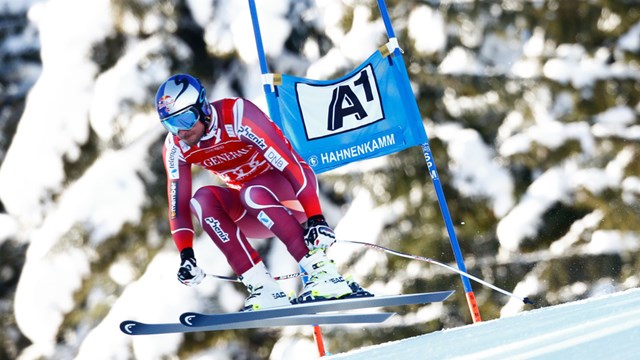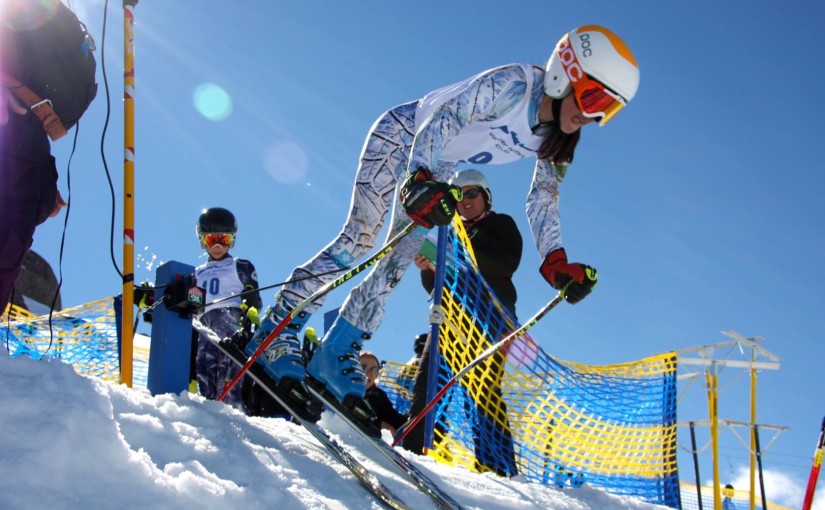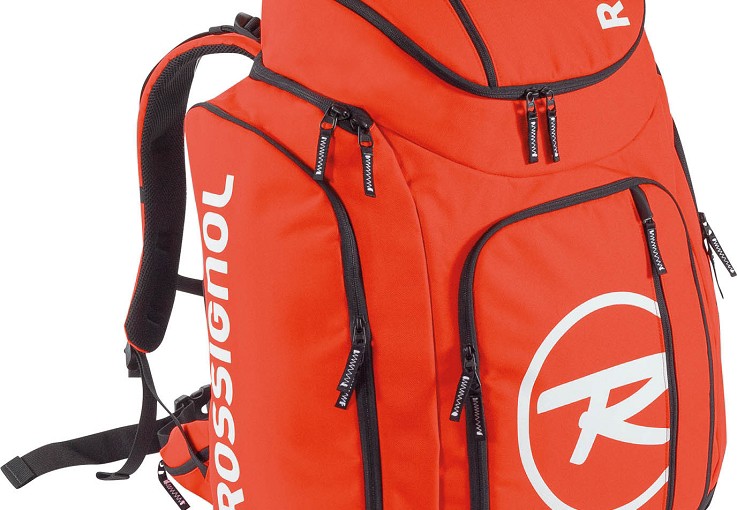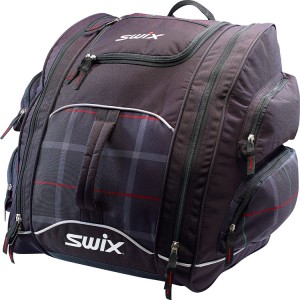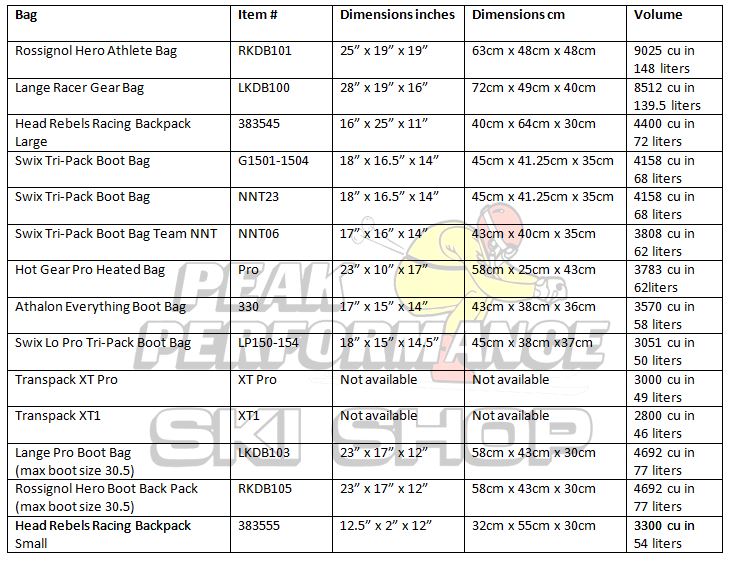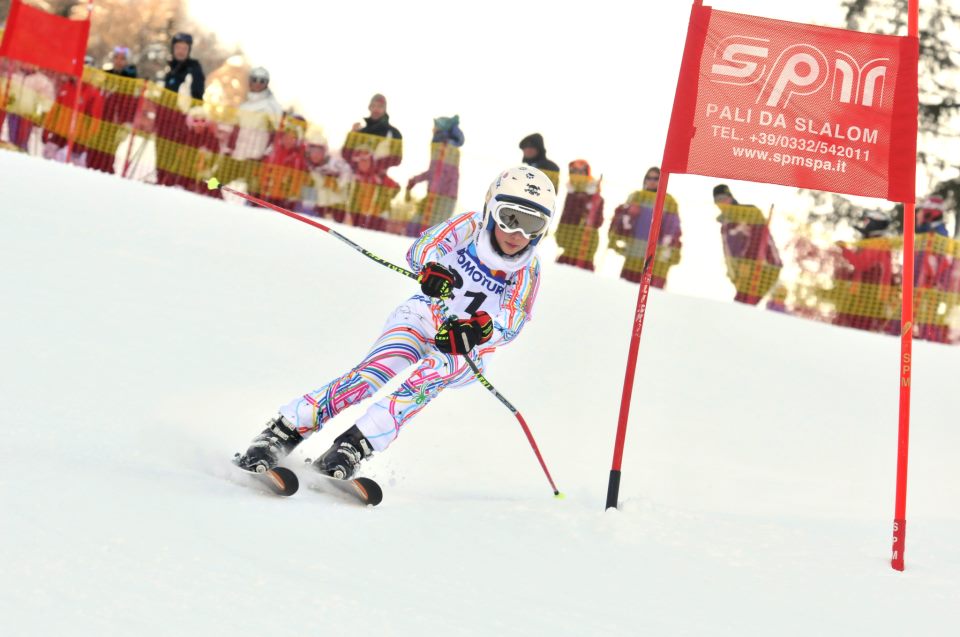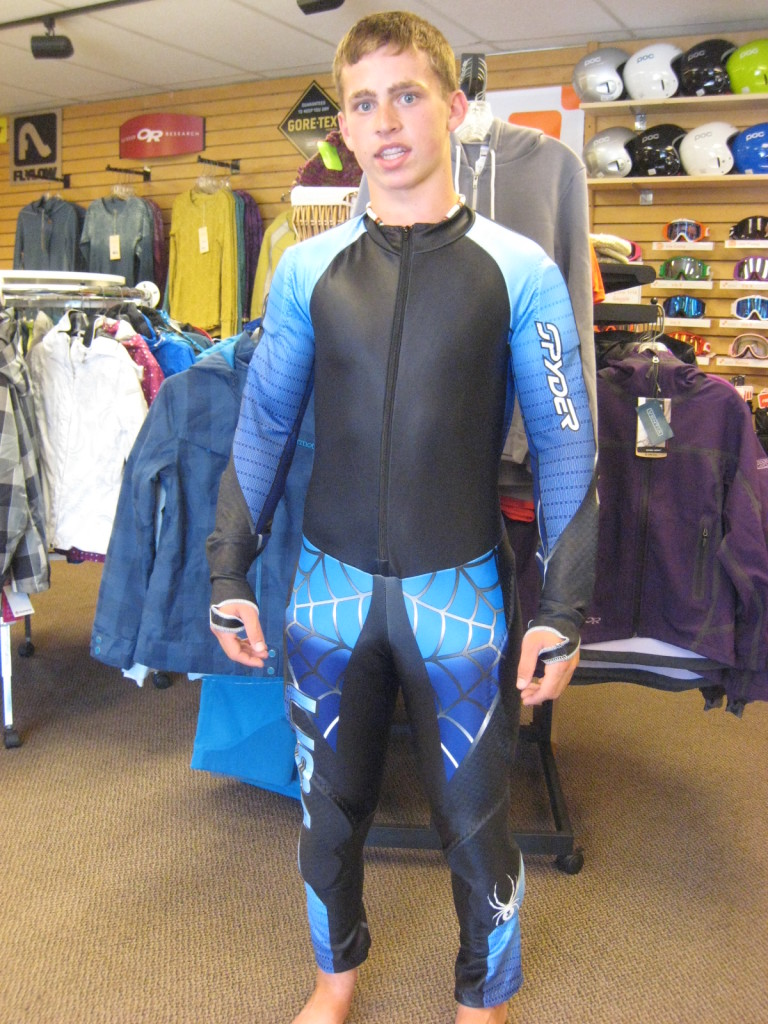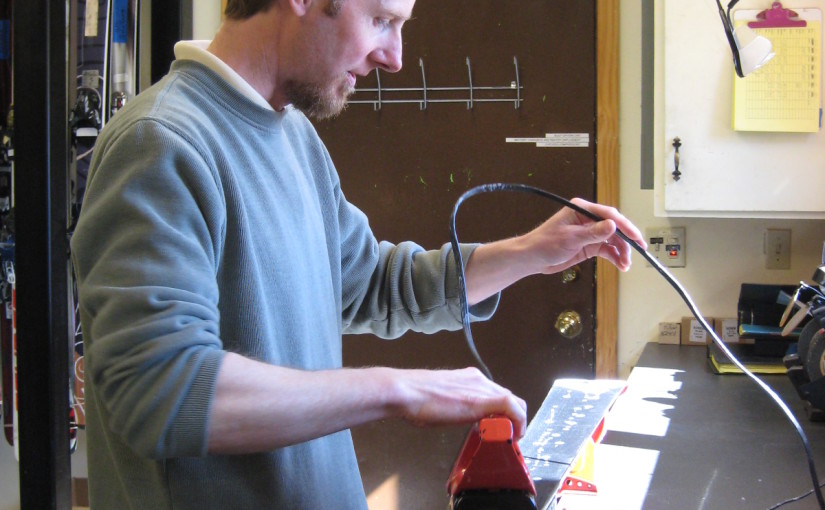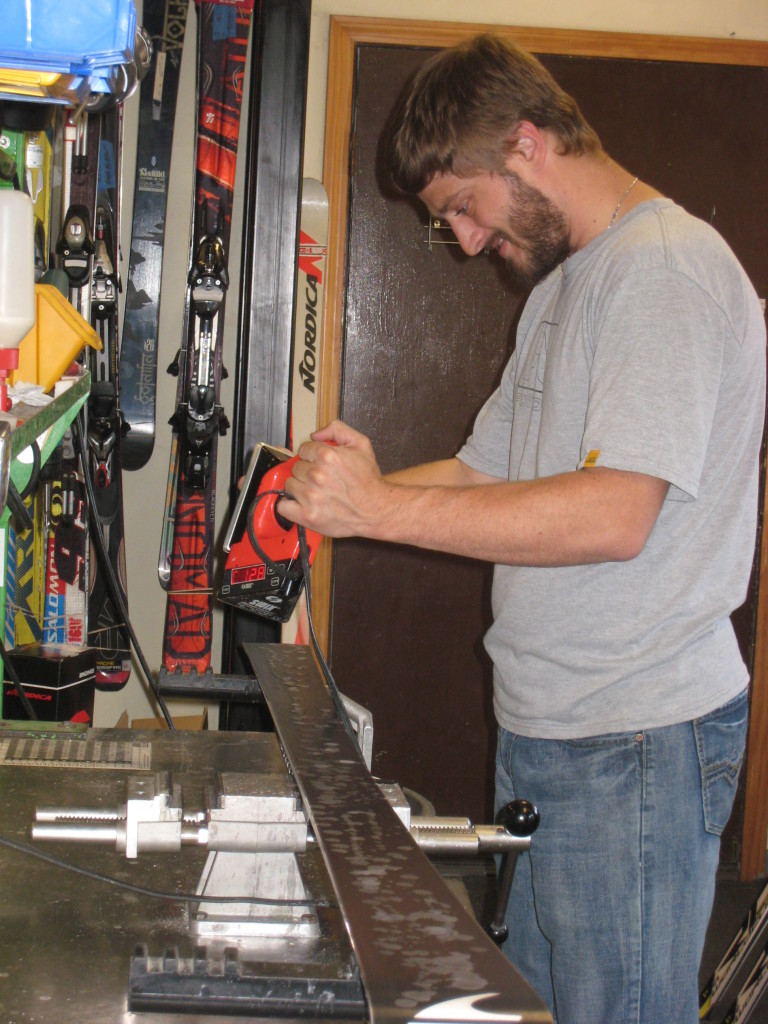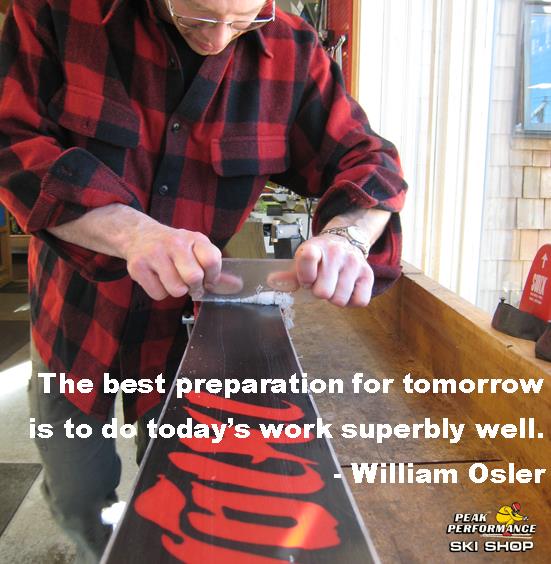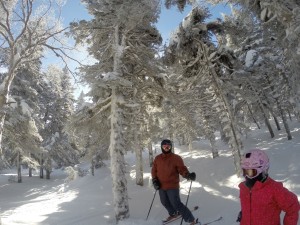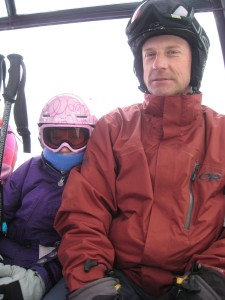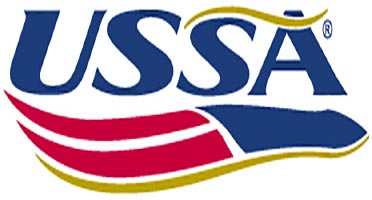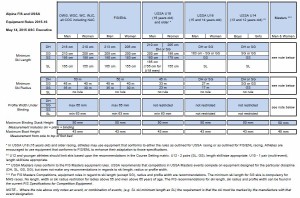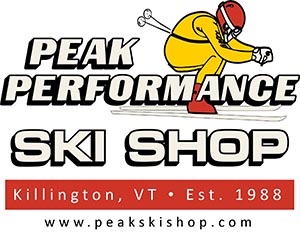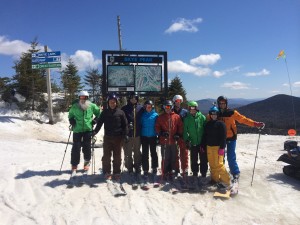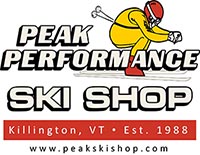Good goggles are of utmost importance to both ski racers and recreational skiers. We have been watching the progression of goggle choices by world cup racers this season. You will notice that there has been a steady upwards trend of racers for the last couple of years who are now choosing goggles with the finest optics, (and double lenses) over the more traditional “single lens” race goggles of old. Most racers know that the single lens goggle was used to reduce the distortion that double lens goggles used to have. Well times have changed, and double lens goggles are now available from all of the major brands that have distortion free lenses. And with a double lens, you avoid all of the fogging issues that single lens goggles have.
Goggle size is also something else that has changed drastically. Being able to see well and having ski boots that fit perfectly are in our opinion the two most important things to concentrate on when you are outfitting a skier. Goggles have gotten bigger for a good reason – you can see more stuff with a bigger goggle. Frameless goggles provide great peripheral vision, and semi-frameless ones give you great vision, with a little more sturdiness in the frame. Say “No!” to tiny goggles and you will end up being a happier skier.
When choosing a goggle, you should always ensure that it has a seamless fit with your helmet. If you are purchasing both a new helmet and new goggles, start with the helmet, then find goggles that work with it. The Visual (aka Variable) Light Transmission (VLT) factor of the lens is an important consideration. A VLT rating of 42% means that 42% of the light will actually get through the lens to your eyes. If you ski mostly on the the east coast of the United States, a VLT in the range of 45-80% is where you should start looking. Skiers at higher altitudes in the western US, Canada, Europe and the southern hemisphere may need goggle lenses with a VLT number in the 10-30% range. On a snowy day, everybody needs goggles with a high VLT. Glare is reduced by mirrored coatings on the lenses – and mirrored coatings are available in a variety of thicknesses and colors.
Peak Performance Ski Shop carries goggles by Oakley, Smith, POC, Shred, Uvex, Briko, Scott and Bollé. Each company has worked hard to improve their optics and also helmet compatibility. Oakley has invented Prizm™ technology to increase contrast on snow, Shred’s NODISTORTION™ technology reduces distortion due to elevation changes. The liquid cast NXT™ option from Shred is used by the US Air Force. POC has recently partnered with Zeiss Optics to provide crystal clear vision and better quality lenses. Uvex stands for “ultraviolet-excluded.” Their lenses provide 100% filtration of UVA/UVB/UVC rays. Their decentered lens technology reduces edge distortion. These are just some of the examples of the technologies built into your goggle that you may not be aware of.
It is important to remember that lens choice is a very personal thing, and that everyone’s eyes are different. What works for your friend may not work for you – for a variety of reasons!
